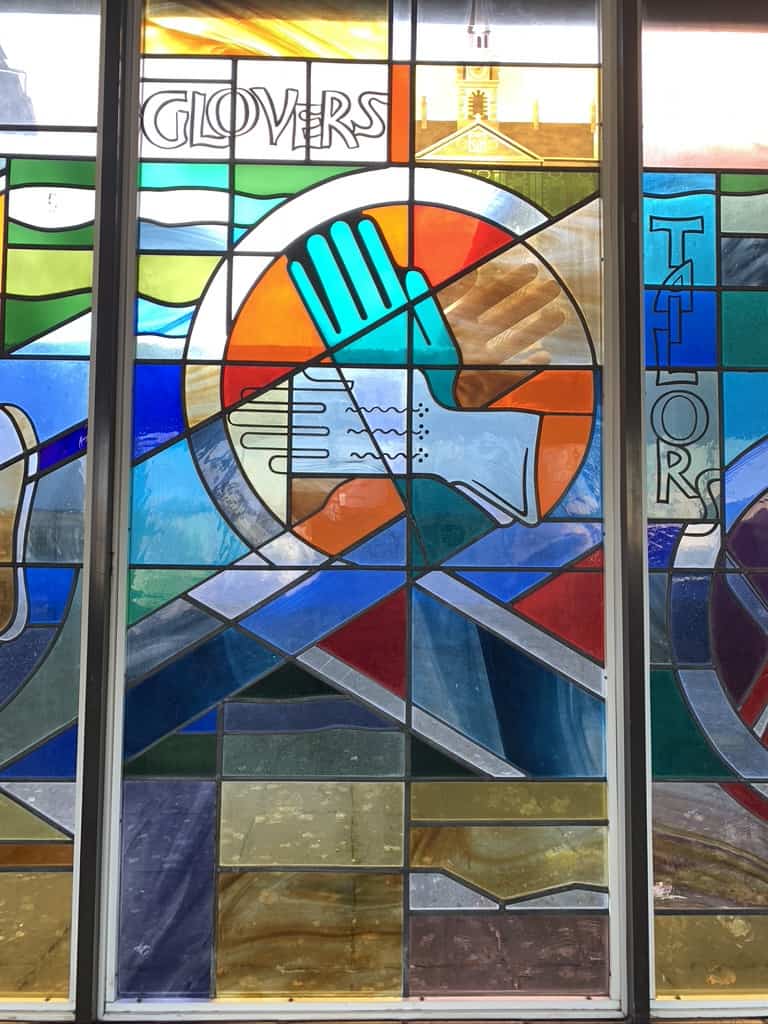Third in order of precedence of the Nine Incorporated Trades Of Dundee is the Glover Trade.
The earliest reference to Skinners comes from Edinburgh where there was an obligation to support their altar there. This was in 1450 and although records of the Dundee skinners are not available until their seal of Cause in January 1516, there is every reason to believe that they were organised even before that date as Dundee was a very important Burgh at that time and in some ways more than Edinburgh itself. Although there is no explanation, in 1661 the name of the craft was changed from Skinner to Glover Craft.
One of the Glover Lockit Books has been beautifully restored and is in the Dundee Local History Section of Dundee Library. This book contains records for the use of the Glover Trade of Dundee in the year 1554.
In common with the other Trades’ the Glovers support charities, particularly Duncan of Jordanstone College of Art and other projects and of course support the work done by the General Fund Court of the Nine Incorporated Trades of Dundee.
